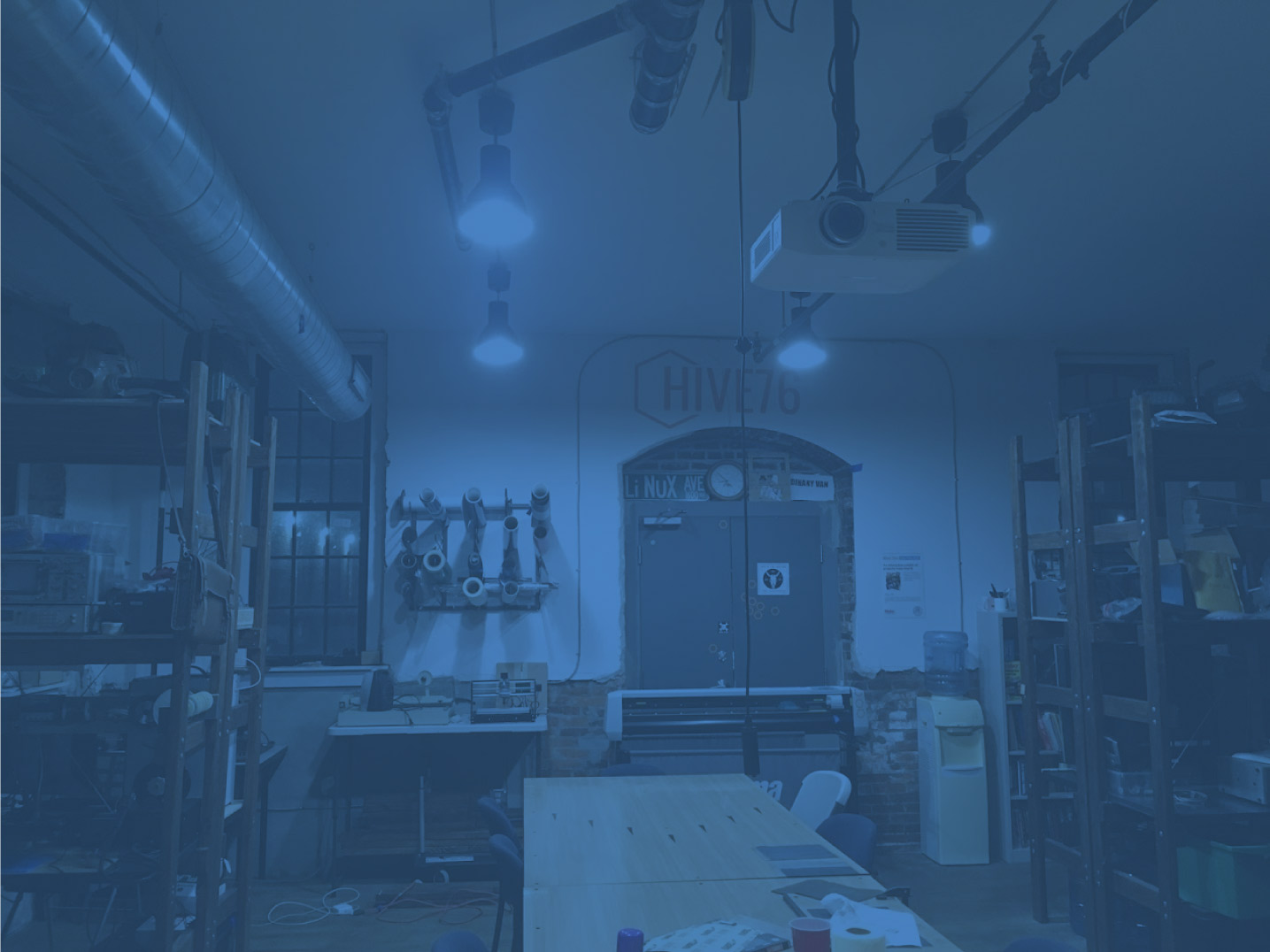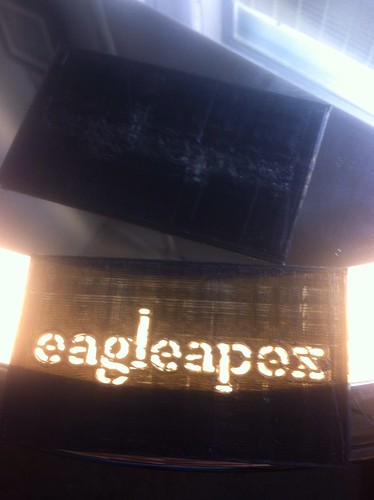The meetup was great, we had a blast!
We watched “The City on the Edge of Forever“, and then played Artemis Spaceship Bridge Simulator (with a Star Trek mod) 5 times. We faced many Klingon, Romulan, and Orion ships in battle. Special nod to Captain Johnston, the best captain of the night. Nods to Lieutenant-Commander Kalup, as she was able to warp us out of danger many a time; and to Mr. Williams, for keeping the photon torpedo bays hot and ready to fire.
Our next meetup will be Sunday, February 12th, where we’ll be having a double episode watch (TOS & TNG) and more of Artemis with the Star Trek mod.
I’m going to try and put together a crew for the next meetup, if you’re interested in joining Captain Johnston, Lieutenant Williams, Lieutenant-Commander Kalup, and I (Chief of Communications Toliaferro), please email me at “d.toliaferro@gmail.com”. We really need an engineering officer, and a science officer. Captain, helm and tactical applicants are ok too, because we can rotate people in and out.
Live long, and prosper










